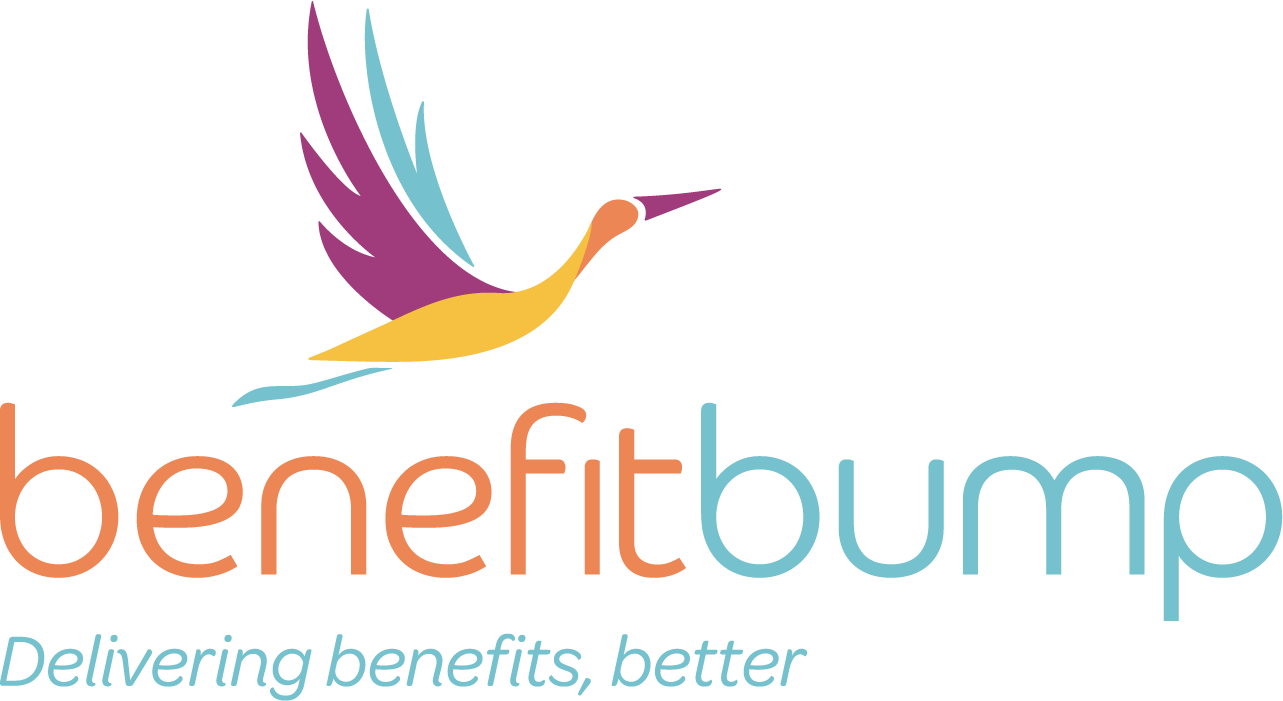Weaning 101
If you have found your way to this article, chances are that you have begun exploring next steps for feeding your child, which can feel daunting and overwhelming for all involved! Weaning is the act of transitioning your baby from relying exclusively on human milk/formula as the primary food source, to introducing solid foods! In this article, we at BenefitBump aim to provide you with some basic information and tips to help make this transition as smooth as possible.
Take Things in Stride:
One trend that is commonly seen in the world of weaning is the desire to move mountains in one fell swoop! Weaning is the exact opposite of this, where in most cases, a slow and steady pace from the feeding parent and baby can make a world of difference, both during and after the transition is made. Here we will walk through concrete action steps that you can take towards creating a healthy and safe weaning experience.
Where To Start?
Some common reasons why families may begin weaning their child from breastfeeding/chestfeeding include:
Increasing age of your child (after 1 year of age, your child has already benefited tremendously from the physiological benefits of human milk)
Desire to have your body back
Your child becomes increasingly distracted/playful at the breast/chest and is less interested in focused feeding
It is also important to note that trying to introduce weaning at times of change, increased stress or illness may become interruptive in the entire process. Some examples include teething, sickness, times of significant change within their daily routine (outside of weaning), or showing signs of food allergies. Stress overload, being emotional or physical, may hinder the process tremendously for you both! It is best to wait until the stress passes, and then slowly build the weaning process back into the mix.
When starting your weaning practice, try to remember to:
Choose to start weaning during the day or night. Trying to wean during both day and night may create overwhelm and stress for you and your baby.
Remember that it is a gradual process and should begin in a slow and steady manner. Weaning is not an all or nothing process, but an intentional step that may take days, weeks or months to achieve!
Set realistic goals and ask your community to become involved by engaging with and supporting your child as a distraction from their usual patterns.
Choose specific feeds to remove from the typical feeding schedule and try replacing them with a new event. For example, provide your child with a solid food (if appropriate) in place of the normal feed.
Avoid cutting out significant feeding times, for example the final feed before bed, as these can also hold comforting and bonding moments for your child.
Take Advantage of Milk Suppressants:
The use of vitamins and herbs have been proven effective in the suppression of human milk production when taken orally or used topically as a compress. Before introducing any herb or vitamin into your daily regiment, it is important to speak with your Health Care Provider or Lactation Consultant to ensure that you are using appropriate products for you and your baby.
Using green cabbage leaves (red cabbage will stain your skin), placed on the breast/chest surface, after being cleaned and cooled using either the freezer or fridge, can help with suppressing your milk supply. If using a nursing bra as well, be sure to place the chilled cabbage leaves directly on the skin’s surface, and then place the nursing bra on afterwards.
The less feedings you offer, the less milk your body will produce. Think of milk production like an ice machine. When a bucket of ice is filled, a message is sent to produce more, so the supply remains steady and full. The same applies to milk production, as the more milk is released from the body (either via pumping or directly feeding from the breast/chest), the more is produced to supplement the supply. Reducing the demand will reduce the supply in time.
It is important to note that binding is no longer recommended as a safe or effective option in terms of weaning and decreasing your milk supply. It is also important to note that there are special circumstances where the need to stop the production of milk may come up suddenly. Always remember to speak with your primary care provider and/or lactation consultant for additional support when needed.
Your BenefitBump Care Navigator is ready and willing to offer support in any way they can, so be sure to check in with them as you plan for this next step in the parenthood journey!

